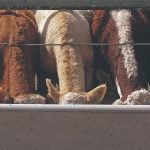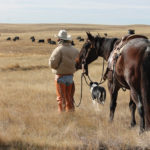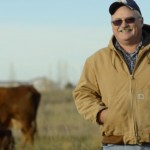
Tag Archives Cow-calf operation

Connecting the dots: Less stress = less sickness = fewer treatments for cattle
The time spent on acclimation is easily reclaimed with the benefit of improved herd health, says longtime vet
Cattle markets beginning to look a lot like Christmas
Producers are cleaning out their pens ahead of year-end

Manitoba cattle marts continue slow summer pace
Packers can draw on heavy supplies of fed cattle

Spend a little now and make money later
Reduced death loss, fewer open cows, and reduced shedding are major benefits from a proper vaccination program

BeefTalk: Lower prices need lower costs
The first step to lowering costs is knowing the costs

Beef 911: The pros and cons of hormone-free beef programs
There’s a lot of confusion about these programs — here’s a take from a veterinary perspective

‘Sustainable’ beef pilot a success — but the job isn’t done yet
McDonald’s pilot is complete but now the Canadian beef industry has to create and implement its own standards

Management decisions made the difference in quality beef: speaker
Cow-calf producers can use TCSCF reports to inform their decisions around breeding and management

VIDEO: High density grazing for cattle at Circle H
Cow-calf operation west of Brandon puts cattle at the right place at the right time
Manitoba joins the livestock price insurance club
New livestock price insurance program will run as a pilot program for four years, then be assessed for effectiveness


